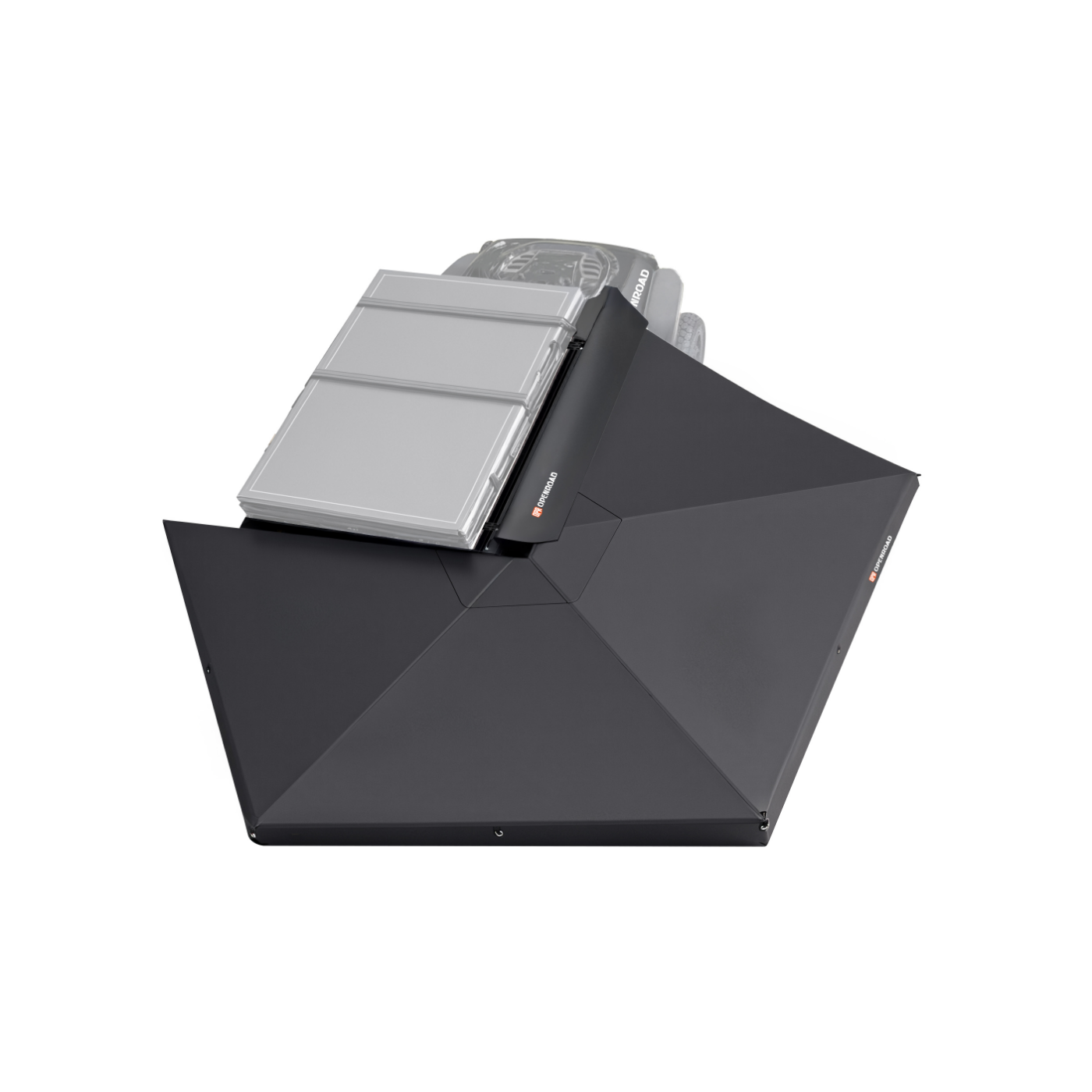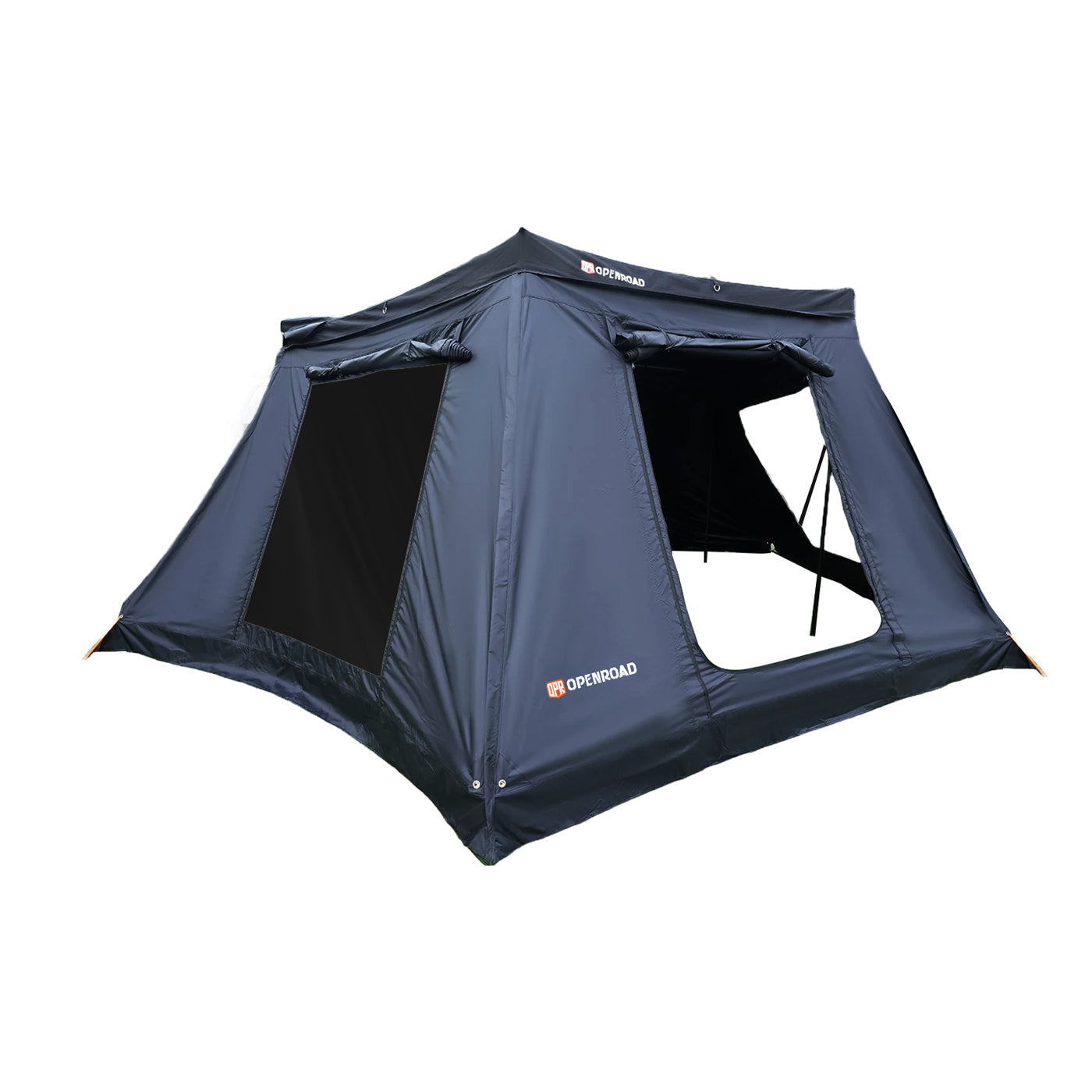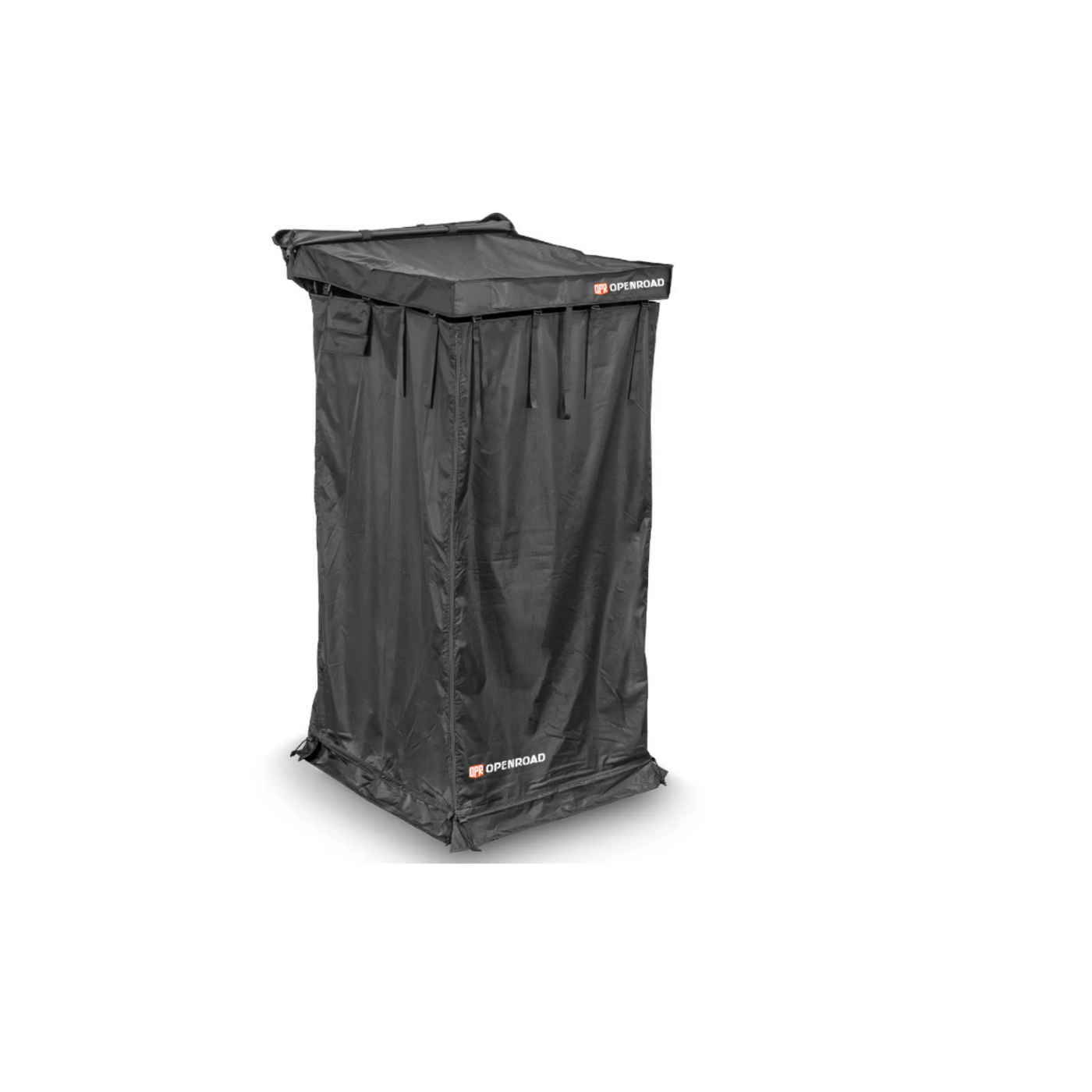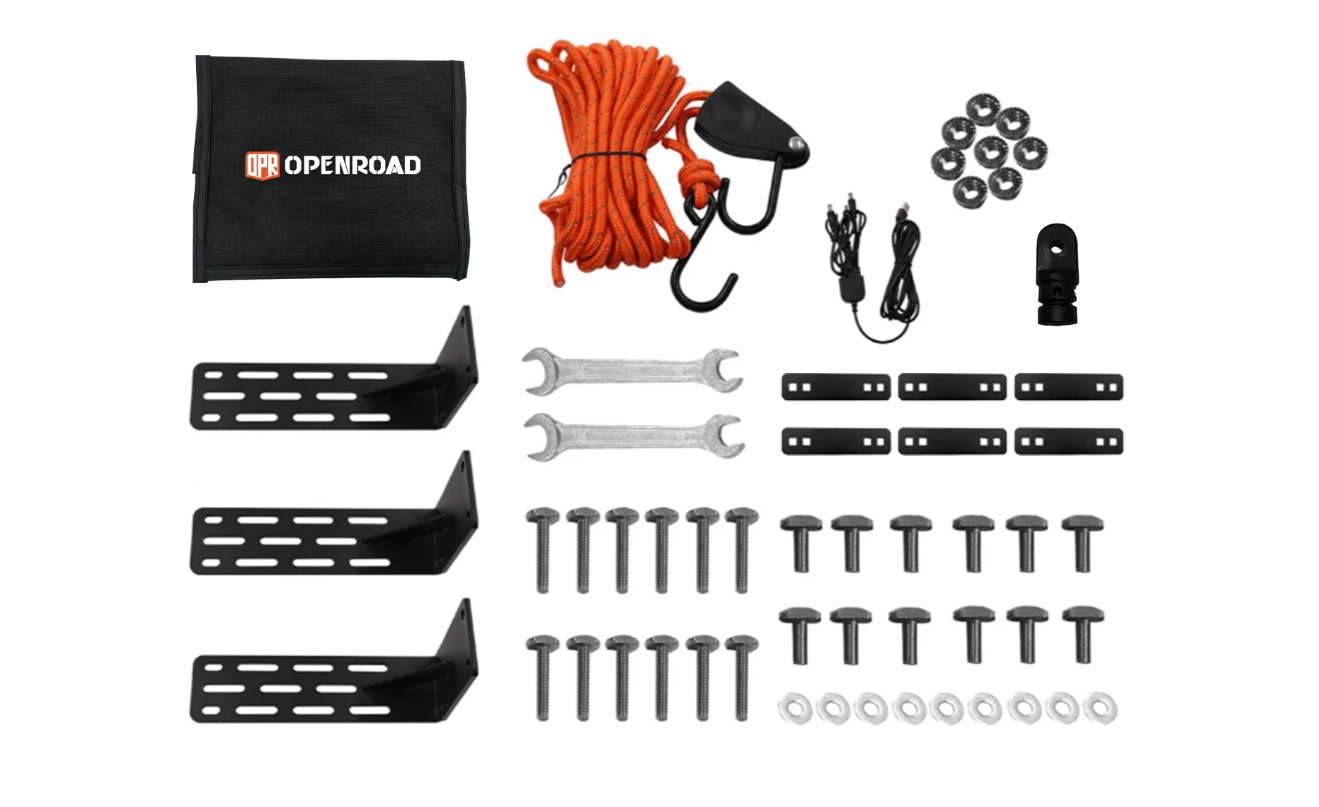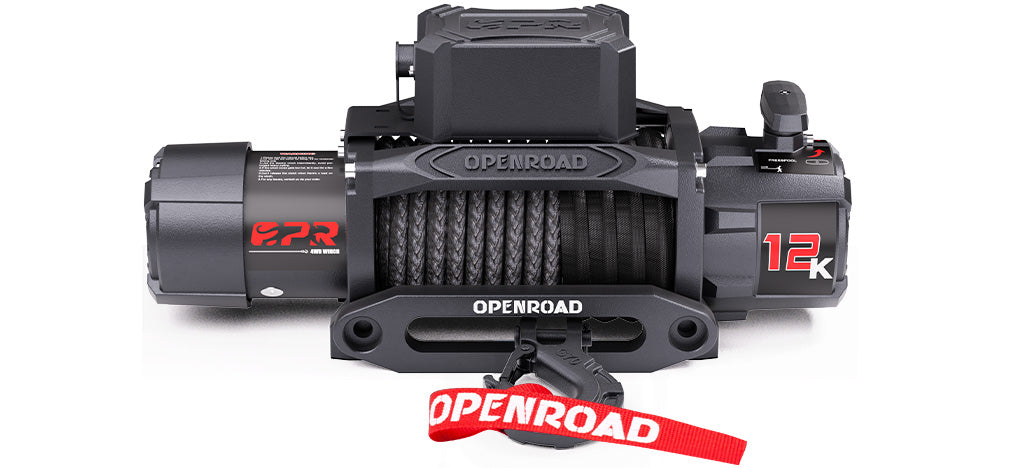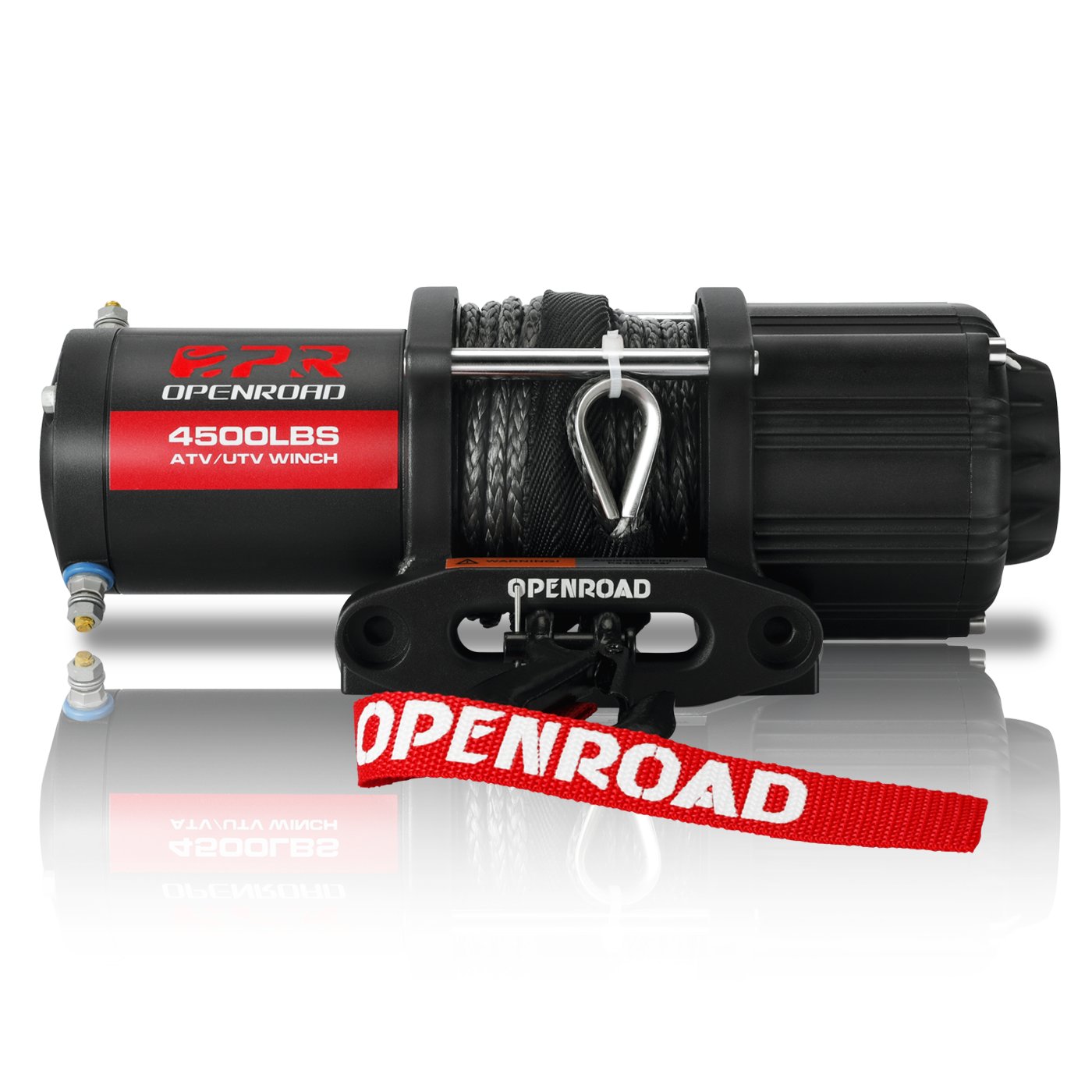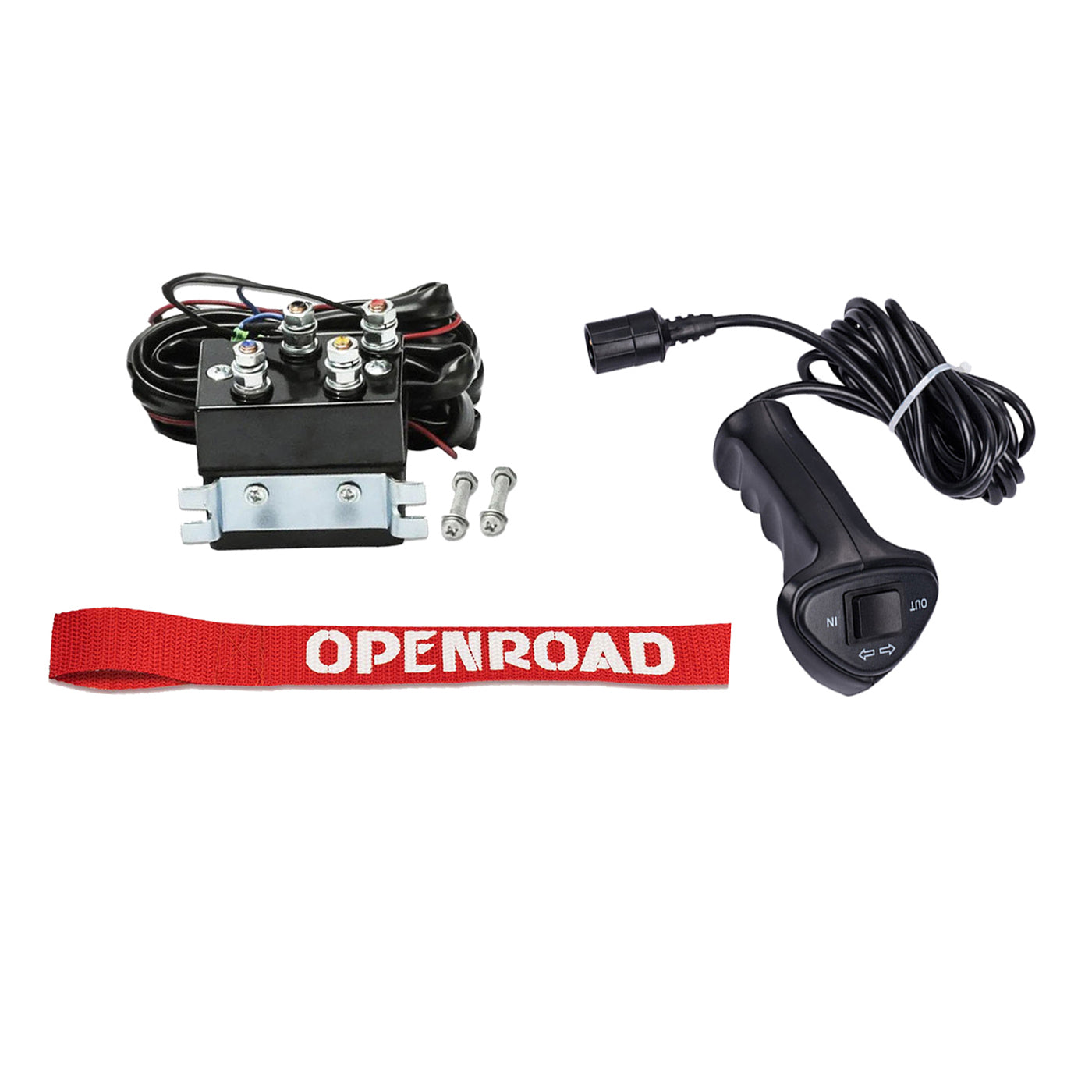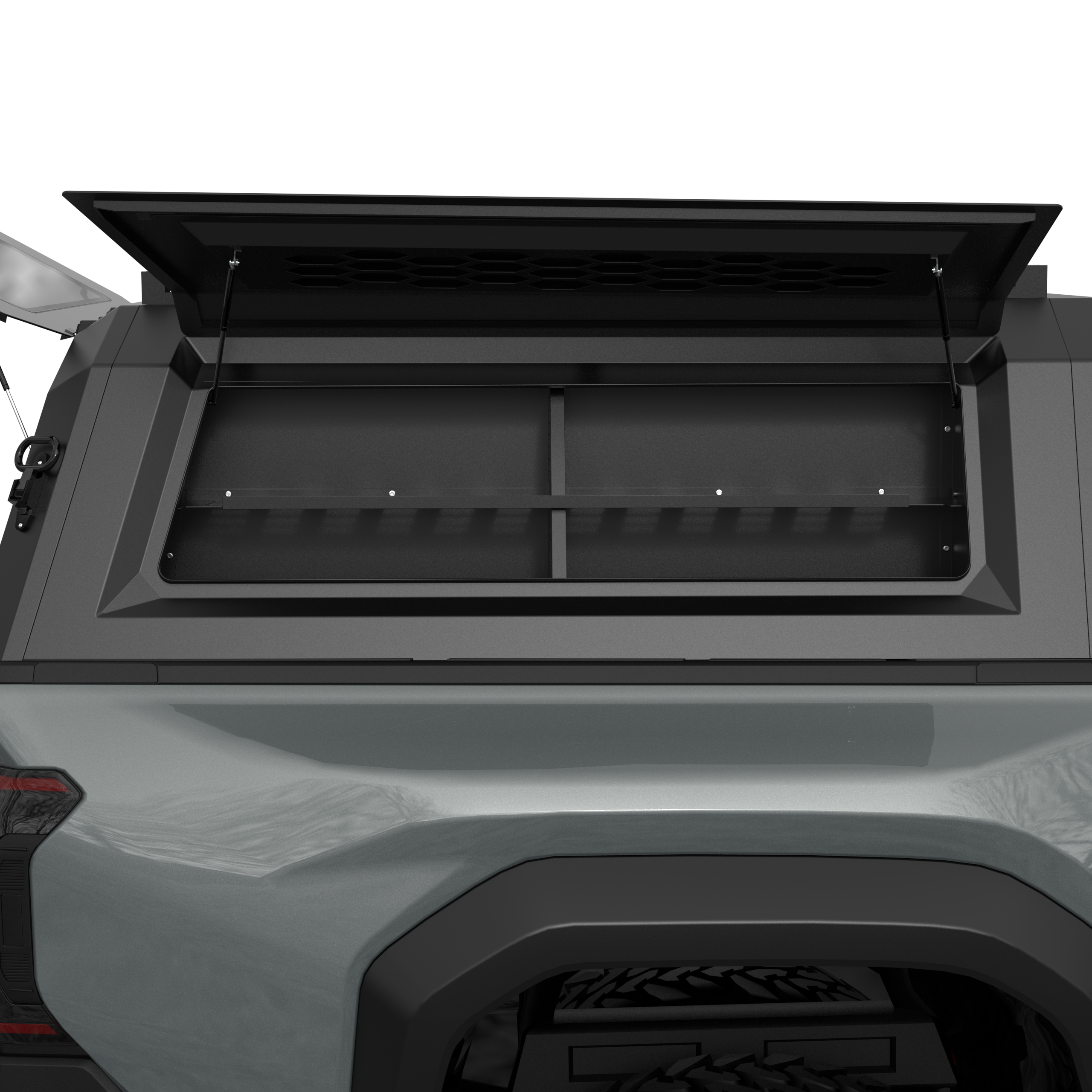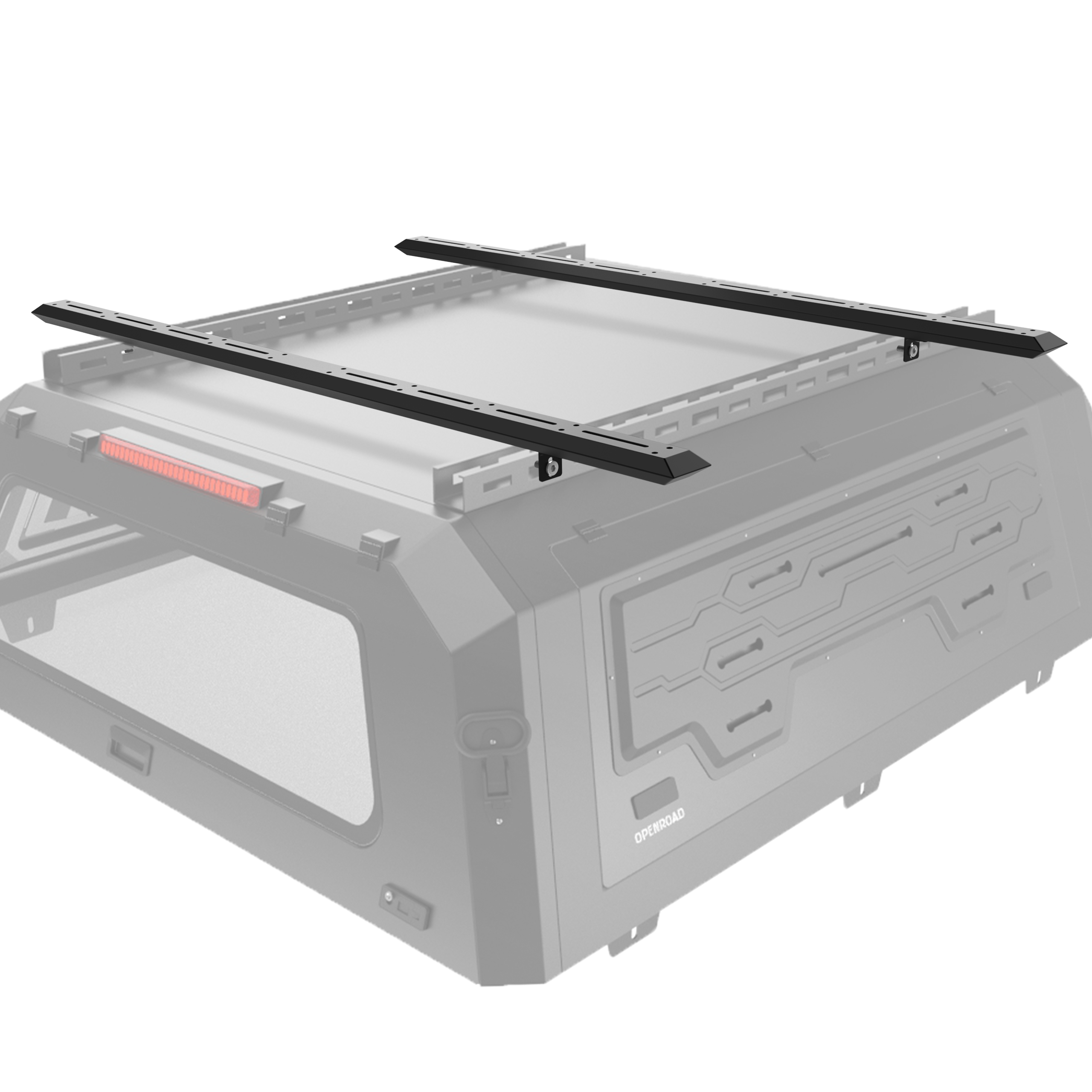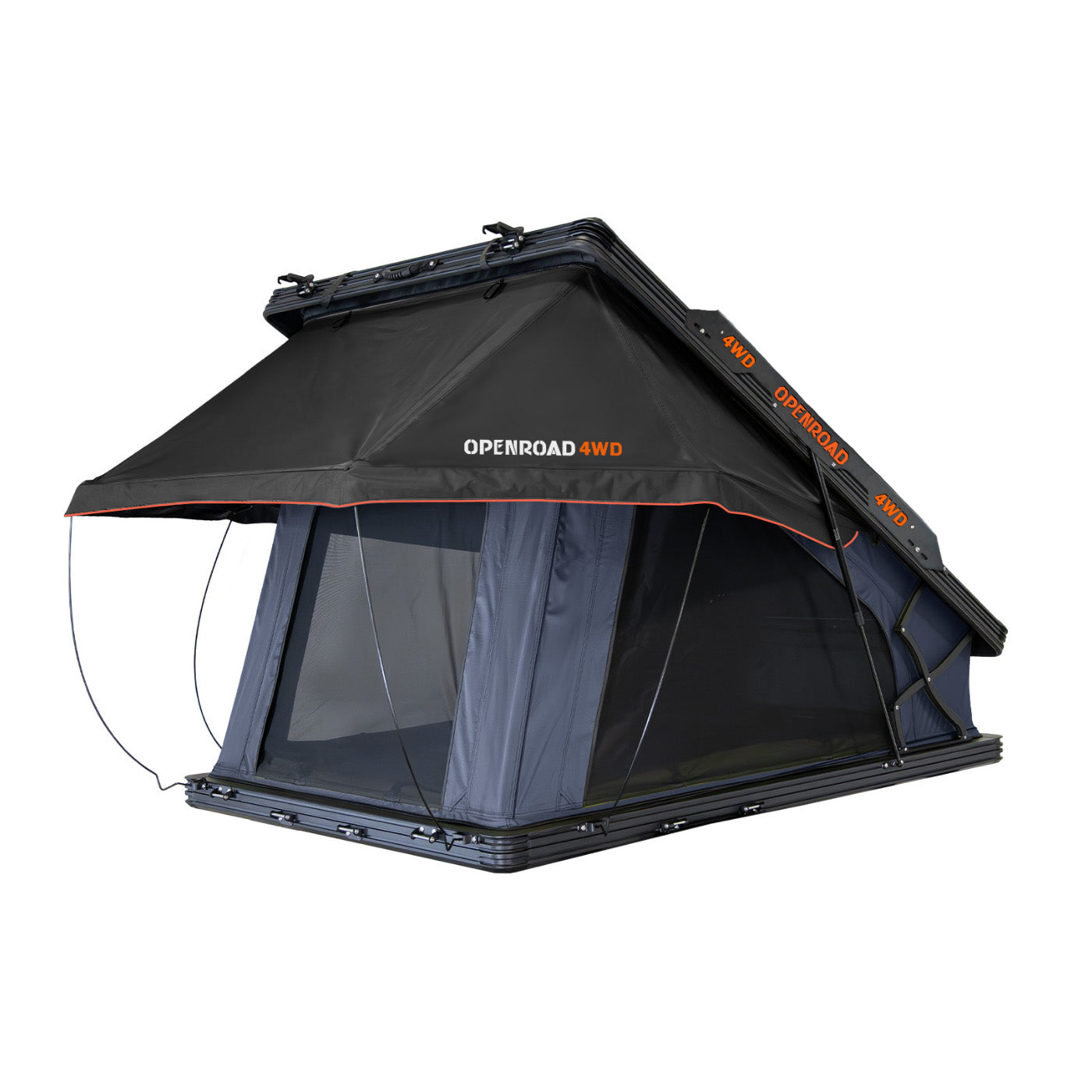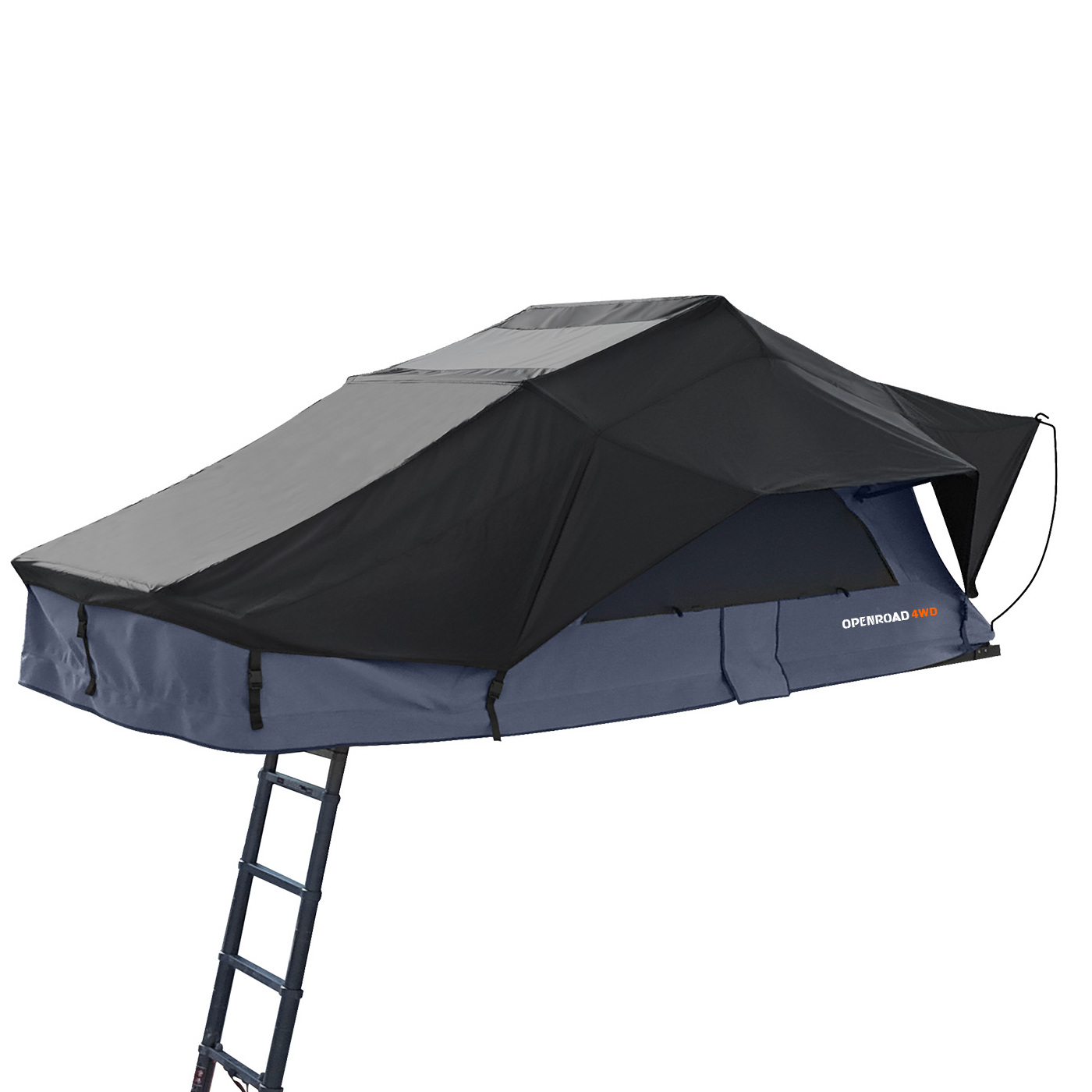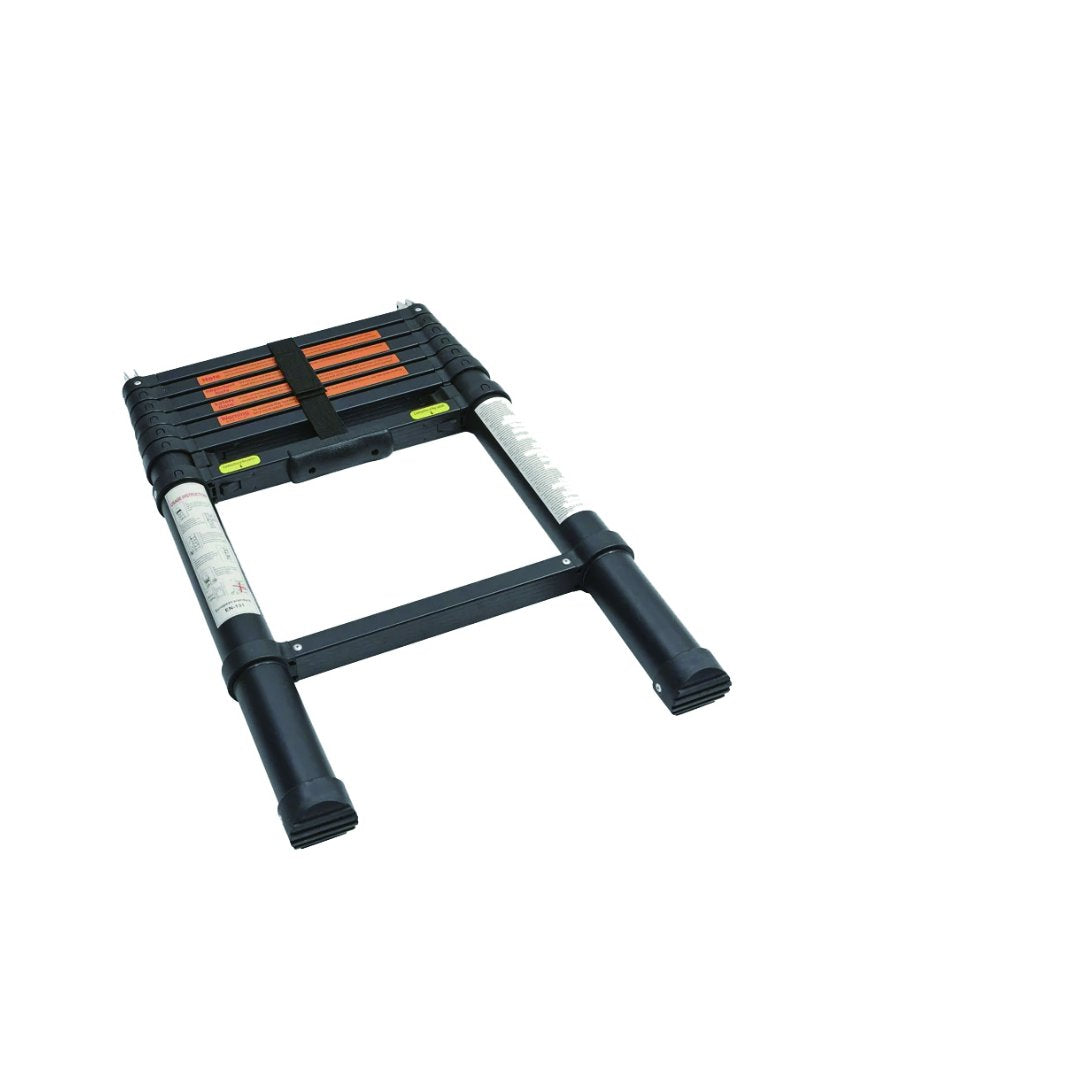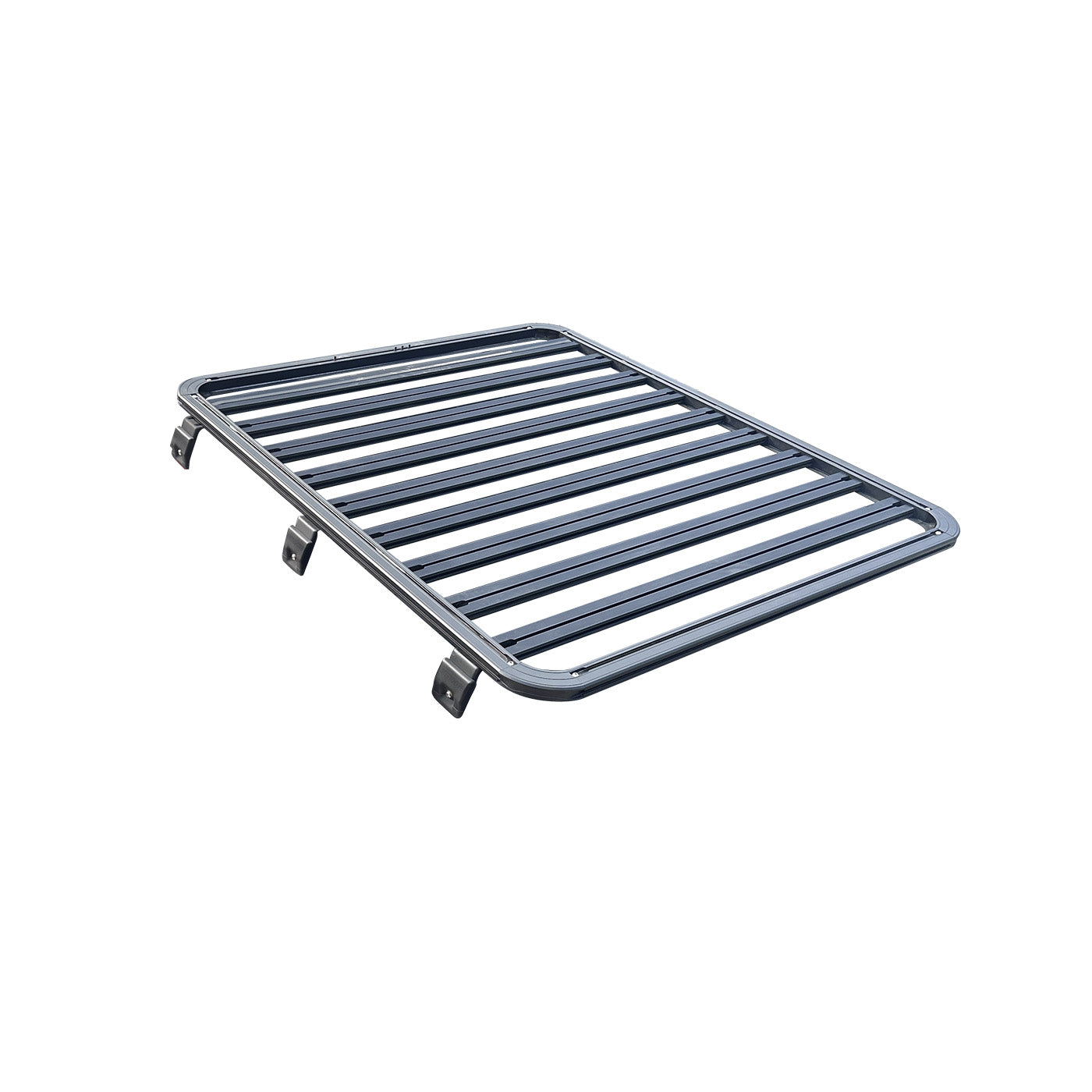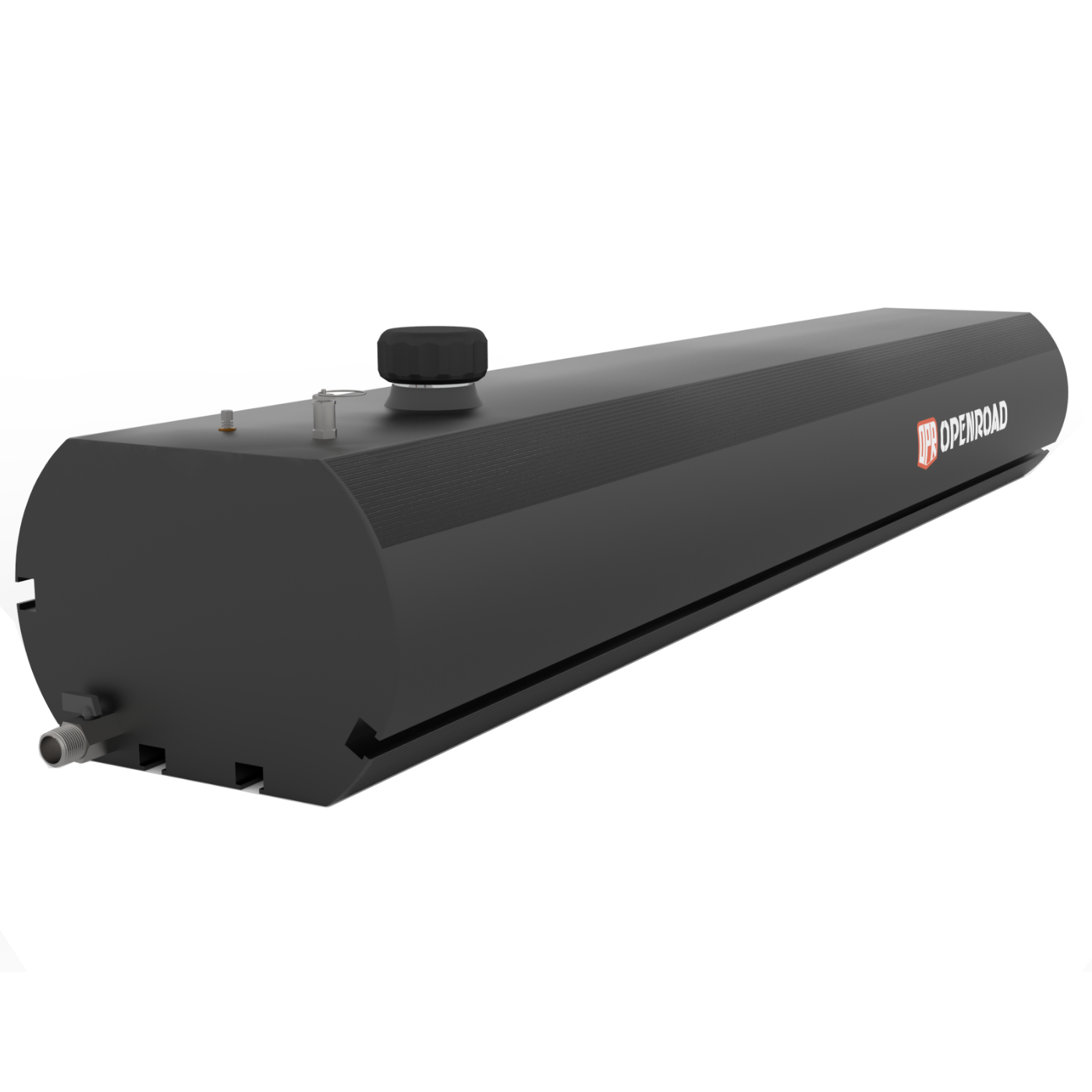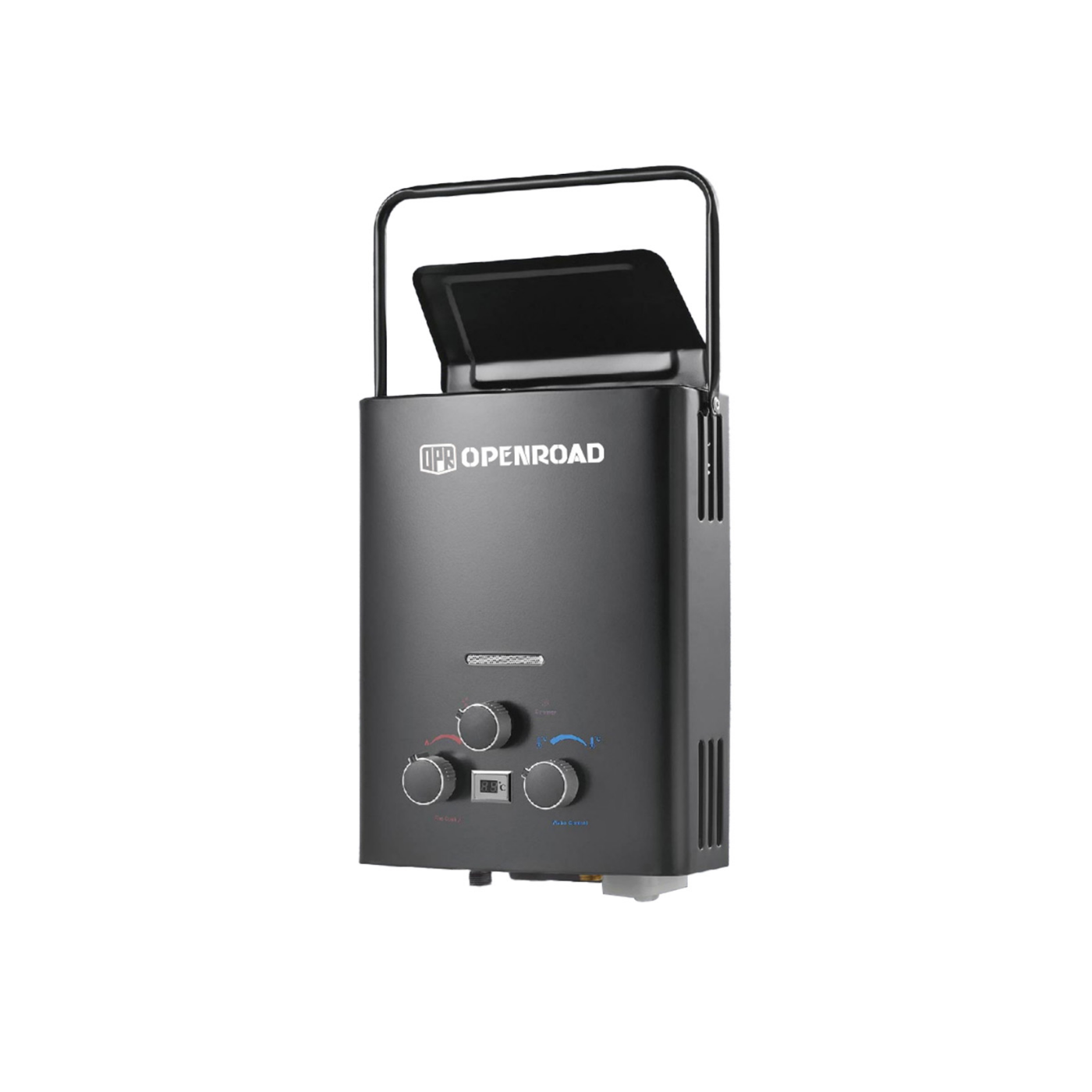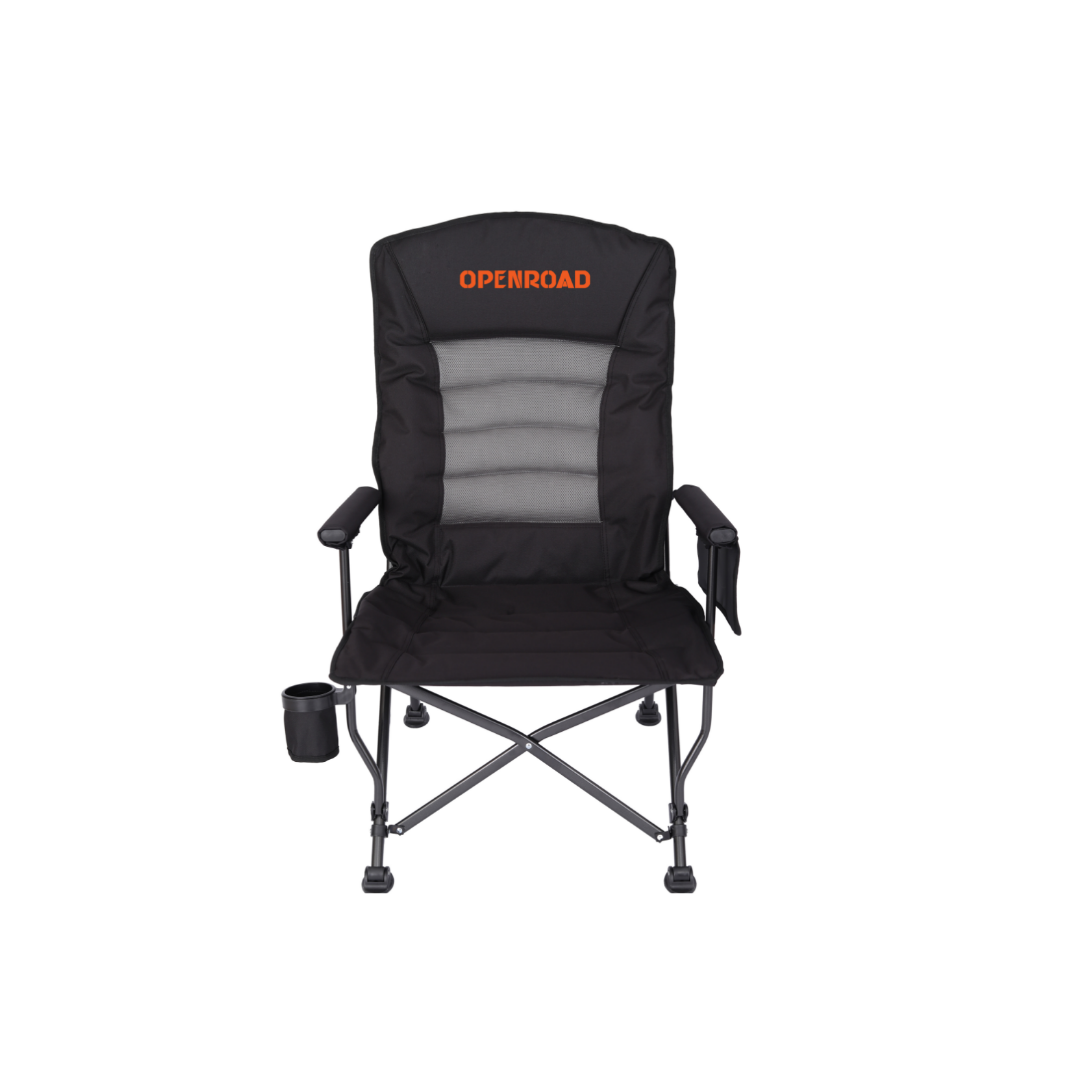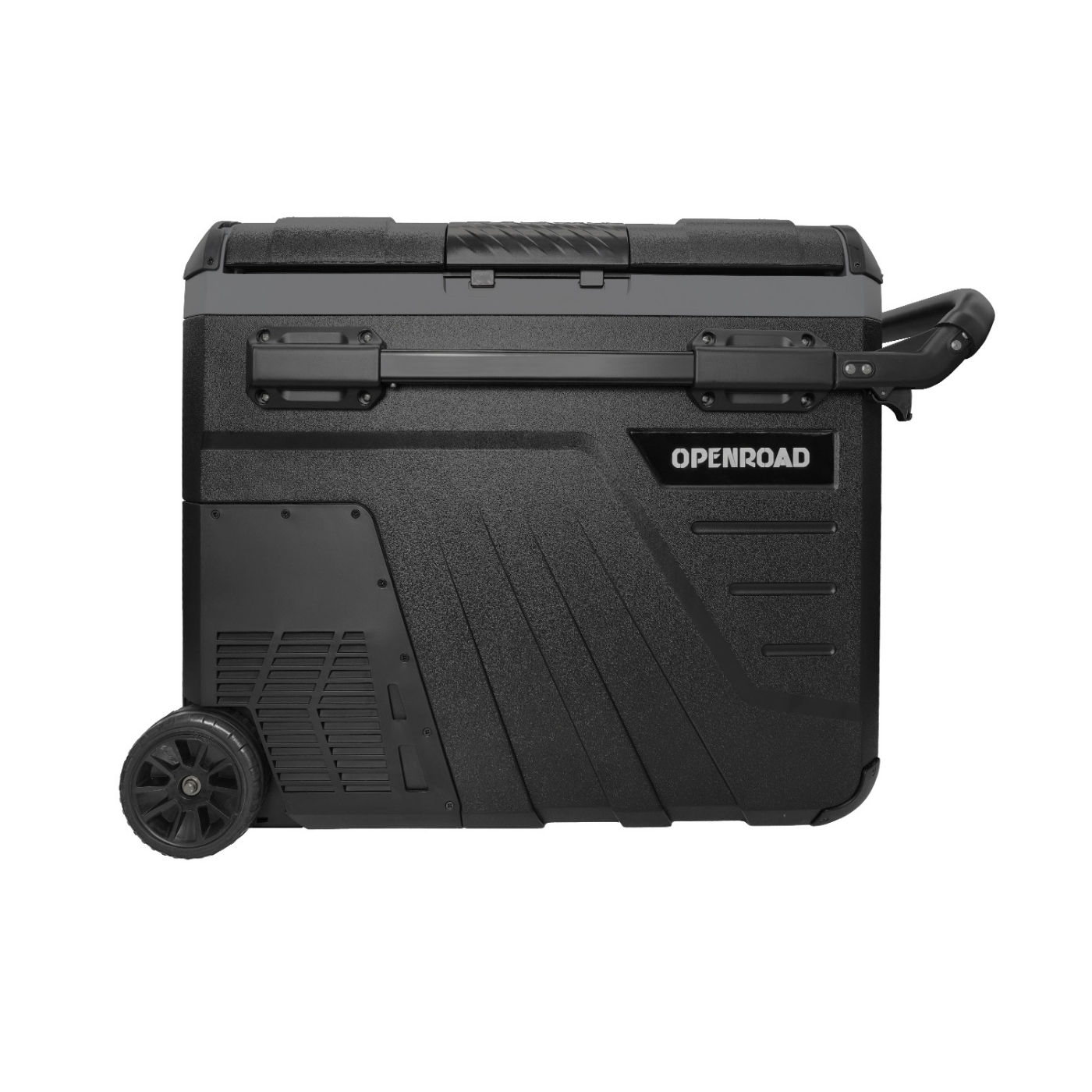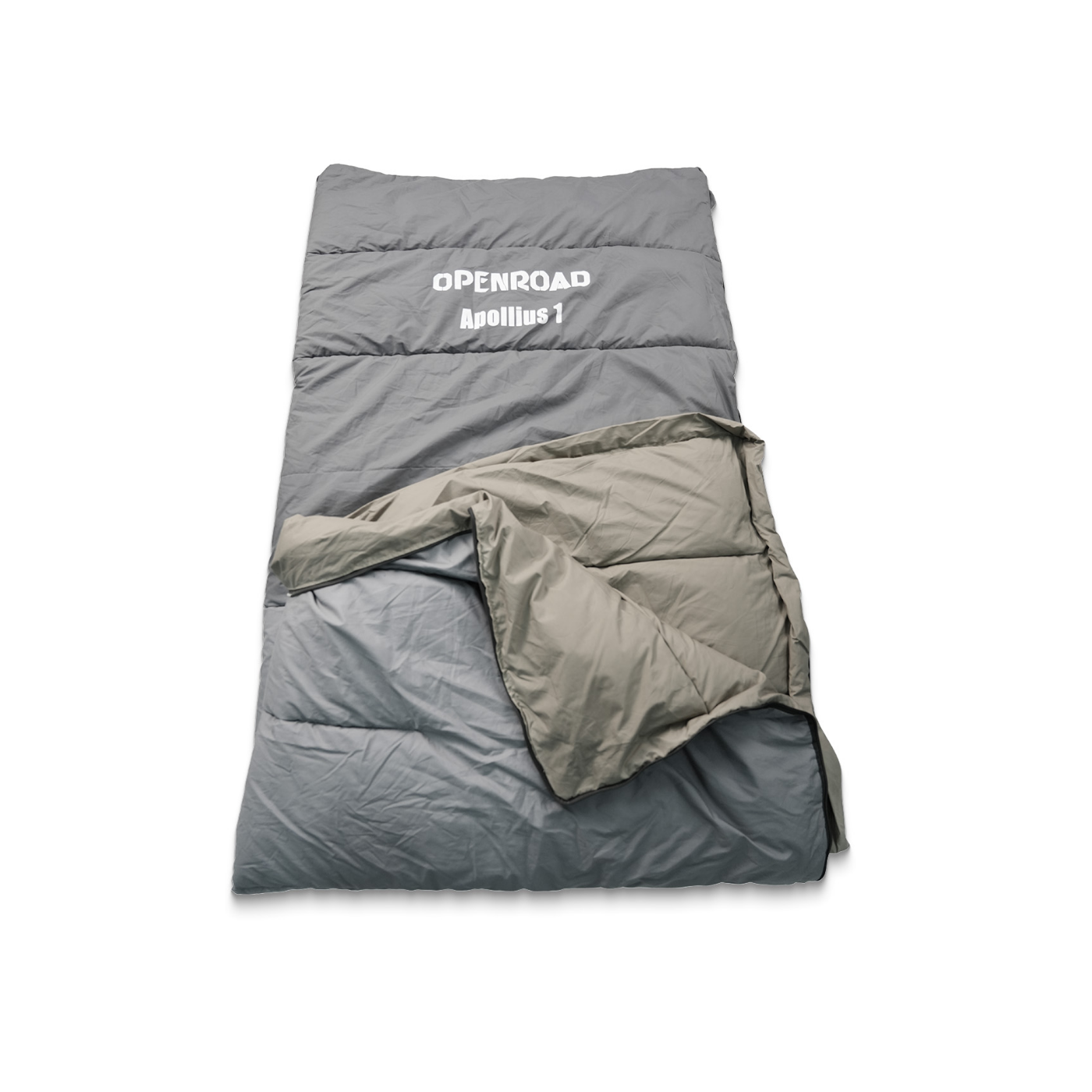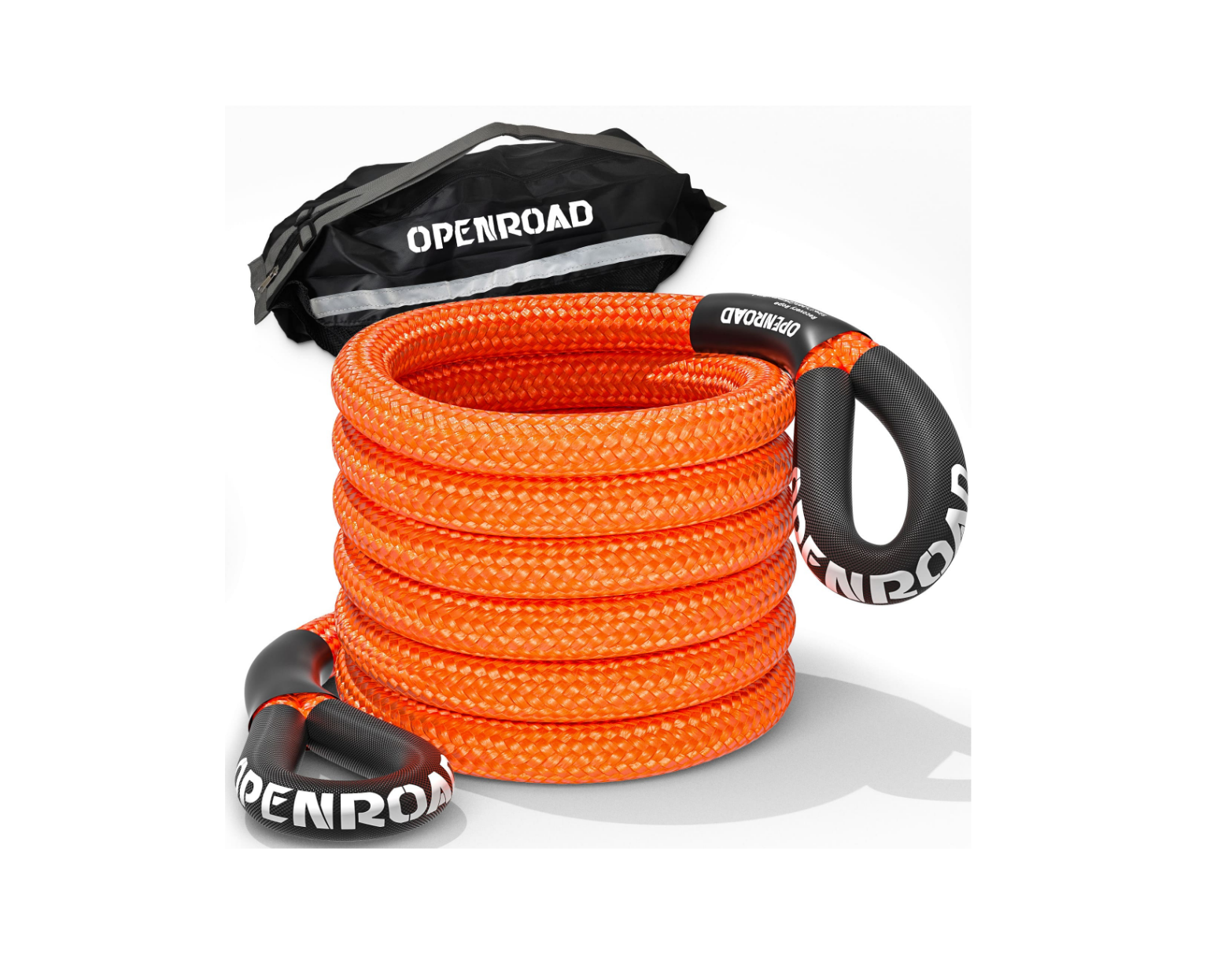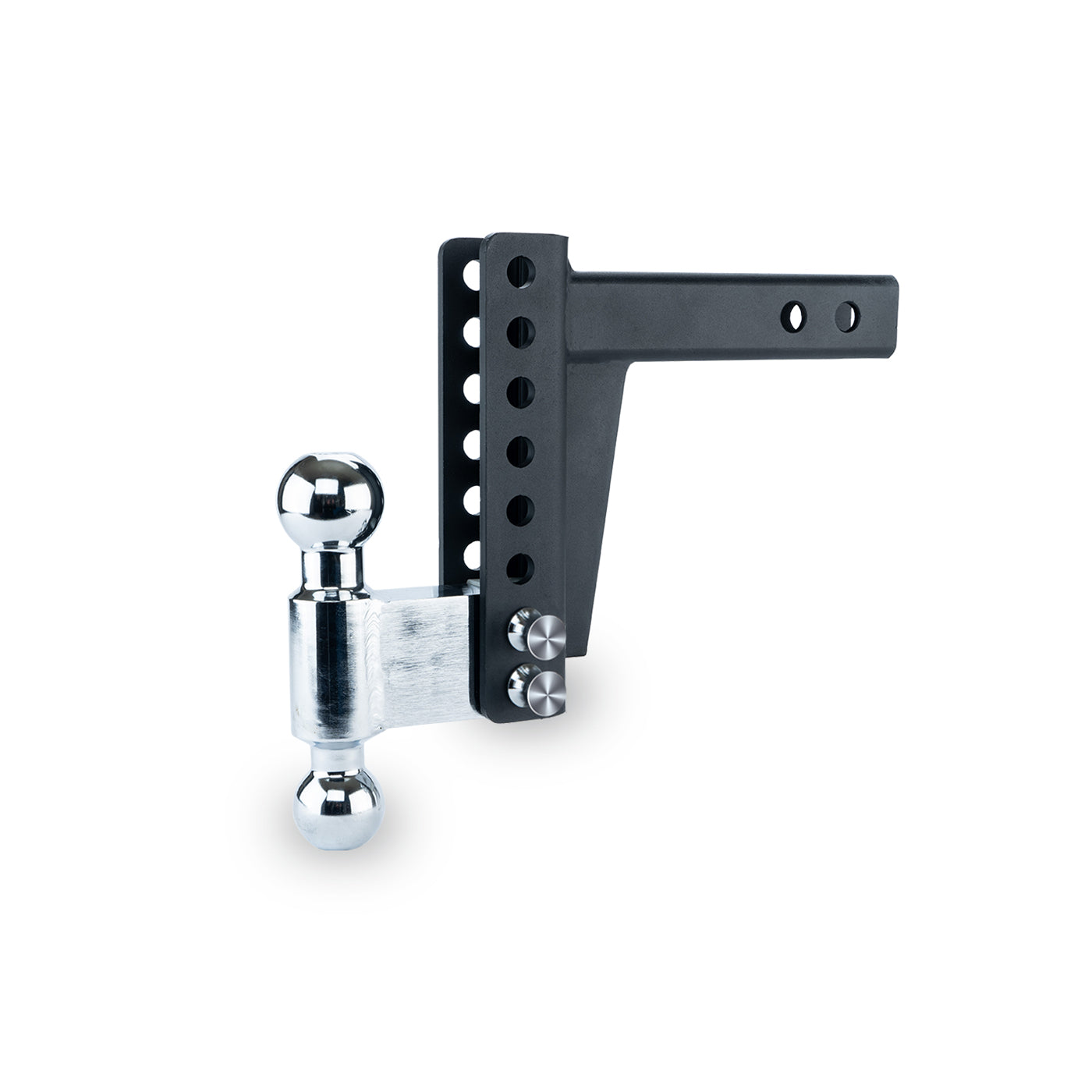Mastering the Proper Use of Recovery Ropes
With the rise of off-roading and outdoor activities, the recovery rope (also known as a rescue rope or tow strap) has become an essential piece of equipment for vehicle owners and adventurers alike. In this blog post, we will delve into how to use a recovery rope correctly, ensuring both safety and efficient vehicle recovery.
1. Ensure You Choose the Right Recovery Rope
Before embarking on vehicle recovery, it's crucial to ensure you have selected a suitable recovery rope. As per the guidelines in the manual, the Minimum Tensile Strength (MTS or "Minimum Breaking Strength") of the recovery rope should be approximately three times the total weight of the vehicle being recovered. For example, if recovering a stock Jeep Wrangler weighing around 4000 pounds, your rope's breaking strength should be at least 12000 pounds. Refer to the guidelines in the manual's table to ensure you choose the right rope for your vehicle.
2. Proper Vehicle Positioning
Ensure that the recovery vehicle is aligned with the stuck vehicle for pulling in either a forward or backward direction. The distance between the two vehicles should allow the recovery rope to connect with a slight slack between them. For a 30-foot-long recovery rope, the distance between vehicles should be approximately 30 feet.3. Connecting the Recovery Rope
Attach the recovery rope to recovery points connected to the vehicle's frame. Avoid connecting to most stock bumpers, as they are often not robust enough. Aftermarket bumpers designed for off-road use are typically more durable and have strong recovery points suitable for kinetic recovery. Some towing hooks, with the appropriate adapter, can also be used as recovery points, but avoid wrapping the rope around standard ball hooks, as the force may break the ball and pose a danger. Additionally, do not connect the kinetic recovery rope to the vehicle's axle, as this may damage the suspension and drivetrain. To connect the rope to recovery points, you'll need some D-shaped shackles to inspect the recovery point or its surroundings and connect through the rope eye.4. Pulling Out the Stuck Vehicle
After connecting the rope, drive the recovery vehicle forward until the rope is taut but not yet stretched. Then, reverse a bit to slacken the rope slightly. Ensure not to drive over the rope. The slack in the rope allows the recovery vehicle to drive away from the stuck vehicle, accumulating some momentum before the recovery rope is pulled and starts to stretch.Before pulling the rope, place some form of a dampener (e.g., car mats, blankets, or a specifically designed winch line dampener) on the rope to prevent whipping in case of rope breakage. When both you and the stuck vehicle's driver are ready, drive forward to tighten the rope and gently pull the stuck vehicle. The stuck vehicle's driver should stop immediately. If this doesn't work, reverse a bit and retry. You can slightly increase the gas to build more power.
The amount of slack may vary, depending on the desired pulling force. However, do not reverse more than 25% of the rope length. For a 30-foot rope, the closest distance between the recovery vehicle and the stuck vehicle should be about 22 feet (approximately 75% of the rope length). You can gradually increase acceleration and distance in subsequent attempts, as mentioned above. Keep the recovery vehicle's speed below 8 miles per hour. If the tension between vehicles becomes uneven, stop attempting kinetic recovery. Kinetic recovery should be a relatively smooth process. If the vehicles experience severe bouncing, it indicates excessive slack and/or speed.

If kinetic recovery is unsuccessful, the next step may be winch recovery.
Safety Considerations:
1. Ensure that your recovery rope or strap is not too old or damaged to be used for vehicle recovery. Visually inspect the rope for damage, and if you are aware that the integrity of the rope has been compromised, such as being run over on hard ground, do not use it for off-road recovery. Binding a damaged rope could cause serious injury.2. Ensure that all equipment (ropes, shackles, vehicle recovery points, etc.) is rated to withstand the weight of the involved vehicles. Use only rated shackles. Ensure that anyone not directly involved in the recovery maintains a distance of at least 50 feet from the recovery area.
By following the above steps and safety considerations, you will be able to use a recovery rope effectively and safely for vehicle recovery. It's a challenging yet exciting skill that ensures a safe return home from outdoor adventures.


